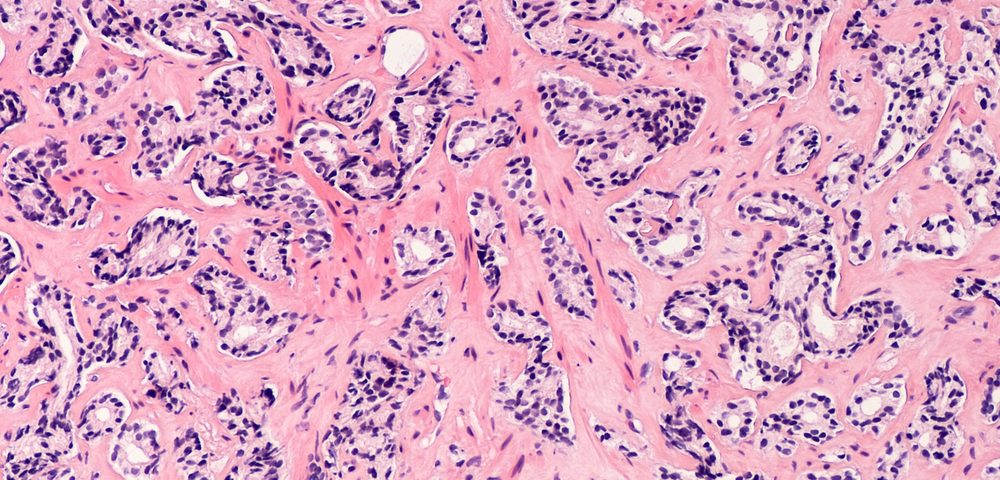Tissue surrounding tumors can look normal, but its genetic composition may have changed in ways that help the cancer spread, a study reports.
The key difference between the genetic makeup of the tissue after a tumor appears is that it contains more genes that can generate inflammation-promoting proteins. Increased inflammation can help the malignancy spread, according to the study, which included prostate cancer.
University of California San Francisco researchers conducted the study, which was the first large-scale molecular-level analysis of tissue surrounding tumors. The research, published in Nature Communications, is titled “Comprehensive analysis of normal adjacent to tumor transcriptomes.”
The team discovered that changes in surrounding tissue can occur in several cancers. This highlights the changes’ importance, they said.
“Tumors secrete factors [substances] all around, changing nearby tissue and possibly even tissues that are far away,” Dvir Aran, the study’s lead author, said In a press release. Aran is a postdoctoral fellow at the university’s Institute for Computational Health Sciences.
In many cancer studies, researchers compare tumor tissue with that of tissue surrounding the tumor to look for changes occurring in the cancer tissue.
The new findings suggest that while surrounding tissue may look normal, it may not be.
To determine if tissue surrounding a tumor was as healthy as it looked, the researchers used data from the Cancer Genome Atlas. The atlas is a collaborative effort to collect, select, and analyze tissue for genomic alterations across many cancer types. It includes information on tumor tissue as well as the adjacent tissue.
To compare tumor-surrounding tissue with healthy tissue that does not surround a tumor, the team used a database from the Genotype-Tissue Expression program. Under this program, researchers collect tissue from the bodies of people who have died in a hospital and donated their bodies for research. The samples are taken from many parts of the body.
Although some samples are taken from people with a disease, none are taken from cancer patients.
The team compared samples of non-cancer-related healthy tissue and tissue that surrounds tumors in eight types of cancer: lung, colon, breast, uterus, liver, bladder, prostate, and thyroid.
While tumor-surrounding tissue resembled normal tissue, it was different from either non-cancer-related healthy tissue and tumor tissue. In general, the number of genes involved in inflammation increased in tumor-surrounding tissue, compared with both healthy and cancer tissue.
The team found high levels of 82 genes in tumor-adjacent tissue. They also discovered an over-active inflammatory signaling pathway in most of the tissue samples.
Another indication of heightened inflammation in tumor-surrounding tissue was that the team found more immune cells in it than in normal tissue.
Researchers also found evidence of cancer-related stress signals in the surrounding tissue. These signals can lead to cells being deprived of oxygen and dying.
In addition, the team discovered that mature cells in some of the surrounding tissue had reverted to an earlier embryonic state. This change in healthy cells allows them both to proliferate and differentiate into cancer cells.
The study suggested that tumor cells affect not only their immediate environment but also more distant areas. It suggests that tumors may be instigating these inflammatory and other cancer-related processes to help the cancer grow and spread.
Besides providing scientists with new insights into tumor biology, the study should serve as a caution for researchers assuming that tissue surrounding a tumor is truly normal.

